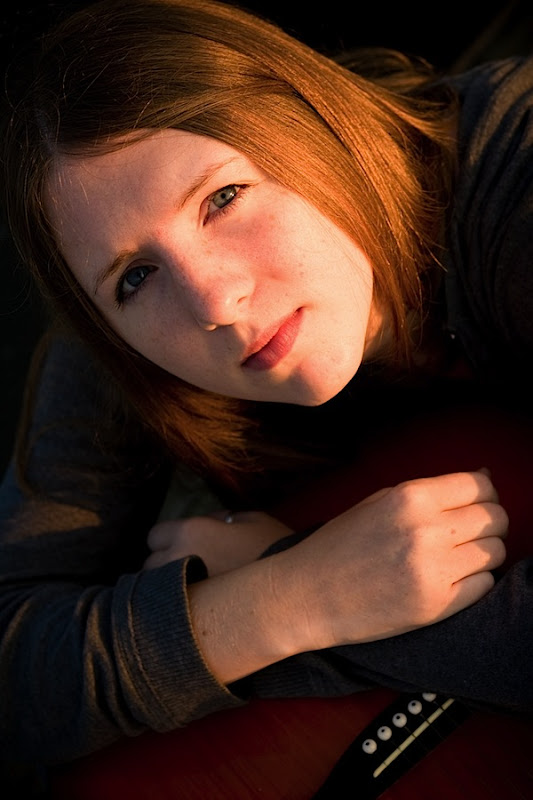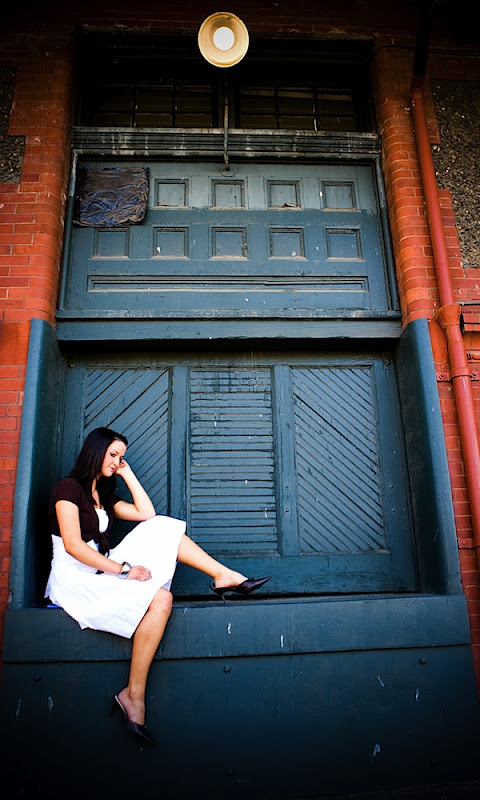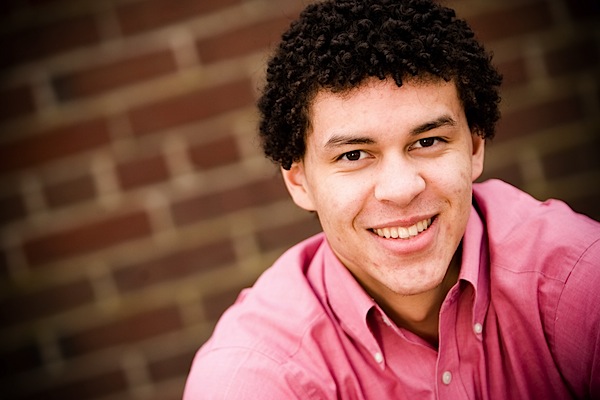Written by Christina N Dickson
Every on-location portraitist is faced with the challenge of paying attention to the details regarding his or her subject, such as posing, lighting, composition etc. Perhaps the greatest mistake made by amateur on-location portrait photographers is the lack of emphasis placed on a portrait’s background surroundings.
Photographers who do not closely examine the surroundings within the frame of their image are those who come away with images that have great distractions. No high school senior or bride will purchase a portrait in which a tree limb is sticking out of her head. Such distracting elements take emphasis off the subject, and are detrimental to the portraitist’s sales. There is nothing more painful for a portraitist than taking a portrait that is beautifully posed, gorgeously lit, and absolutely unusable . simply because no attention was given to background composition!
Posing and lighting both play enormous roles in the creation of a dynamic portrait. However, background composition is a forgotten component that requires an equal amount of time and thought.
Some things to consider when creating a perfectly composed portrait:
1. Fill the frame with your subject
A portrait is about the person, so don’t be afraid to zoom in close! Remember that zooming in does not mean capturing only face shots. You can also capture “tight”, close up shots of your subject sitting on a stool or leaning into a tree.

2. Keep eyes in the upper third
This is the most natural spacing for a portrait. Try not to divert from this rule unless you are deliberately creating tension. Another exception of this rule is when a subject is full-bodied in the bottom third of the frame.
3. Use framing to concentrate all attention on your subject
Rather than eliminate the environment, use it! Doorways, arches, windows, gazebos are all creative solutions that allow for maximum subject focus and heightened visual interest.

4. Create texture
Once again, if you can’t eliminate a distracting background, use it to your advantage! By pulling the subject away from the background and shooting on Aperture priority (f4.0), you will create a small depth of field to blur the backdrop and allow for artistic texture. Your subject will stand out of the background without completely removing all creative interest in the shot.
5. Use lines
Brick is the perfect background for a portrait! The lines add creative interest, but they also draw attention to your subject. Keep in mind that any “line” used in a portrait is strongest when it comes outside the frame and leads to the subject.
6. Change your angles
Sometimes eliminating a distraction is simply a matter of moving the camera to another position. To make the best use of perspective, work to change your camera-to-subject angle. Often by moving a little to the right or left, or getting higher or lower, you can completely abolish that distracting tree branch or telephone pole.
You will be guaranteed to sell your portrait creations when you concentrate on background details, make your subject stand out, and invest creative interest in the portrait’s composition.

??? ?????? ???? ? ???????? ??????????? 🙂
Form the very first time I venture out in photography, I've never learned anything from photography like the rule of thirds, but I am happy because most of my shots are following the thirds. I am proud of myself because it my natural sense of taking the shot.
-Val